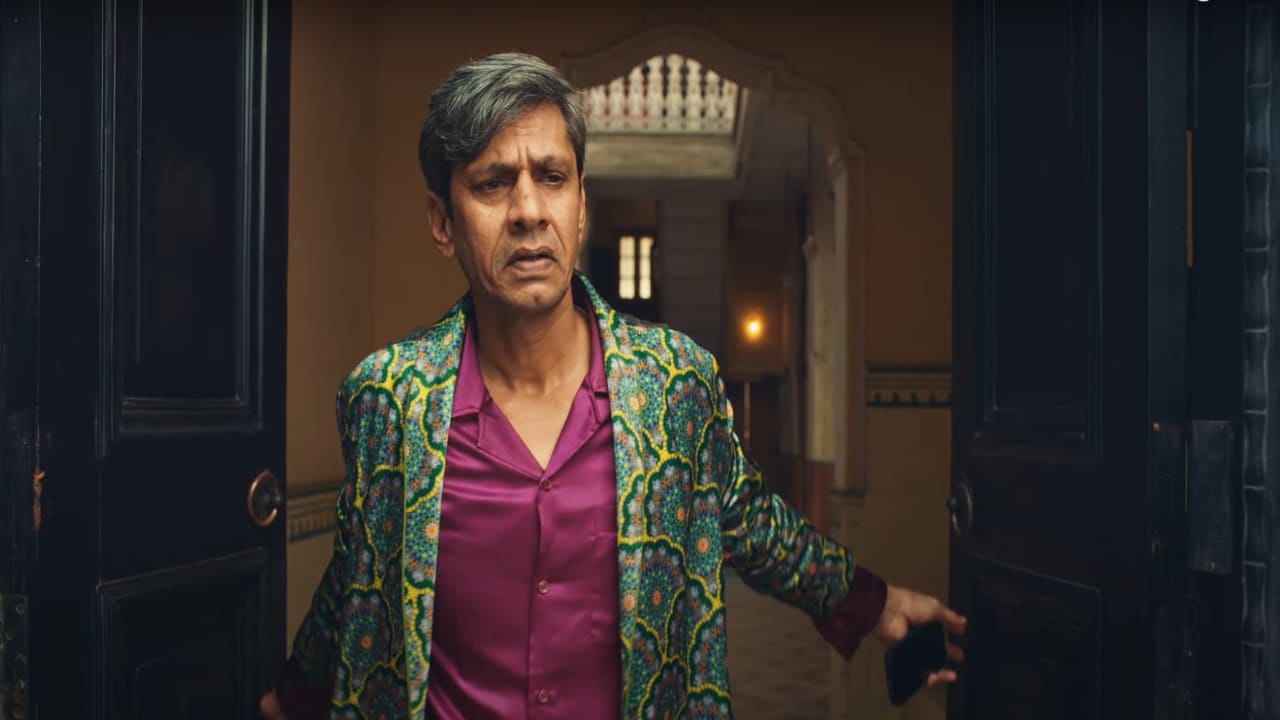Suitcase. Status. Angry. That’s my current what3words address as I think back to how our journey with them started, and no it has nothing to do with my state of mind. Ivan Pols, Chief Creative Officer, what3words, found us via the D&AD India winners list and got in touch.
What3words had won Titanium at Cannes Lions a few years back for the technology, Ivan, a creative person himself, was previously behind the iconic Dove Real Beauty campaign that won a Grand Prix in Cannes and therefore the stakes were high.
A huge green flag for us was that they weren’t calling for a pitch, just a chemistry session. I remember our first few calls revolved around Indian insights and nuances, and the conversations were hilarious. In hindsight it makes complete sense that this is the spot we ended up with. There was so much laughter in the (virtual) room, we should have seen it coming!
Initially, we were lost in a sea of questions about how the addresses work. Where do the 3 words come from? Can someone personalize them? Do they keep changing? How do you tell someone what floor you’re on? Does someone need the app to be able to use the address? How is this different from Google Maps or sharing a location pin on WhatsApp? And we were concerned that if we – a highly invested team of professionals – are taking so much time to understand this product, how is a consumer going to get it in 30-60 seconds?
Strategically, therefore, we decided to focus on the problem. If we’re able to demonstrate a compelling reason and tell consumers why this product is relevant in their lives via a relatable narrative, they will download it and try the rest out for themselves.
The location
Then came the fun part – honing in on the unique problems that Indians face with addresses and how what3words could solve them. And safe to say, we also went in multiple bizarre directions before arriving at our desired location. There was a script around the weird landmarks we all share for any address that had us in splits, one that found a protagonist lost in Dadar market (and all the horrors that go with it) and another focused just on the different MG Roads, Margs, Cross, Places and all other versions of “MG” that we see across our cities. We had song, dance, screaming matches, complicated Indian towns, multiple modes of transport and all the cacophony that makes India what it is. We finally agreed on the one-line problem that we need to bring alive – addresses in India are long and complicated – and this became the basis of the rap script that we landed on.
The address
All of us have written and explained these long addresses at some point, stretching into 5-6 lines, with all kinds of directional markers mentioned. And even then our homes and offices continue to be hard to find. The rap in the film dramatizes this reality, starting off as a simple description and building up into a frustrated rant. Yellow houses (in different hues of yellow), intertwining lanes, nonpermanent street signs and confusing building numbers all enrich this argument, and we found ourselves smiling like people “in the know” often do even at a situation that’s far from ideal.
Yes, it’s messy, but it’s our India and it’s beautiful in its own way. Further, there’s really nothing to worry about because we now have a simple solution. That’s the emotion we were hoping to evoke.
The actor
The choice of talent was another interesting quest. Initially, we pondered an actual rap artist like Badshah or Diljit Dosanj. But, we realized that rapping would be too natural and expected with the likes of them. We needed someone who could represent the frustration of a lay person, wherein the rap is an unexpected metaphor for the way he is feeling, and not an actual song. We felt that Vijay Raaz’s iconic voice, known for voice overs but never used for a rap and his authentic delivery of irritation, would add great character to the film. “Can he rap though?” was a common question floating around, but we took a chance on doing something never done before, and the impact speaks for itself.
The film
The director, Shirsha Guha Thakurta and production house, Oink Films, then came on board and suggested we shoot in Kolkata. That decision definitely added immense value to the film – lifting the film visually. But we were concerned about the film looking grungy, and we started looking at references to showcase raw India without it becoming poverty porn.
Slumdog Millionaire was one such reference – particularly for color grading – which ensured that the tone of the film remained positive, even as we showed complication and struggle. Shirsha was able to nail the balance needed in this film – a protagonist who is irritated but doesn’t come across as cantankerous, words that express frustration without becoming derogatory and a delivery process that is flawed but endearing. All in all a film packed with insight, heart, entertainment and a persuasive reason to download the app.
Yes, we started with a technology that ran the risk of not being understood or coming across as too alien for the Indian market. But we ended up with a film that people enjoy watching, a campaign that understands and celebrates India, and a brand that we hope people will love.
It took 6 months to introduce 3 words to 1 billion people, and it’s just the beginning.
